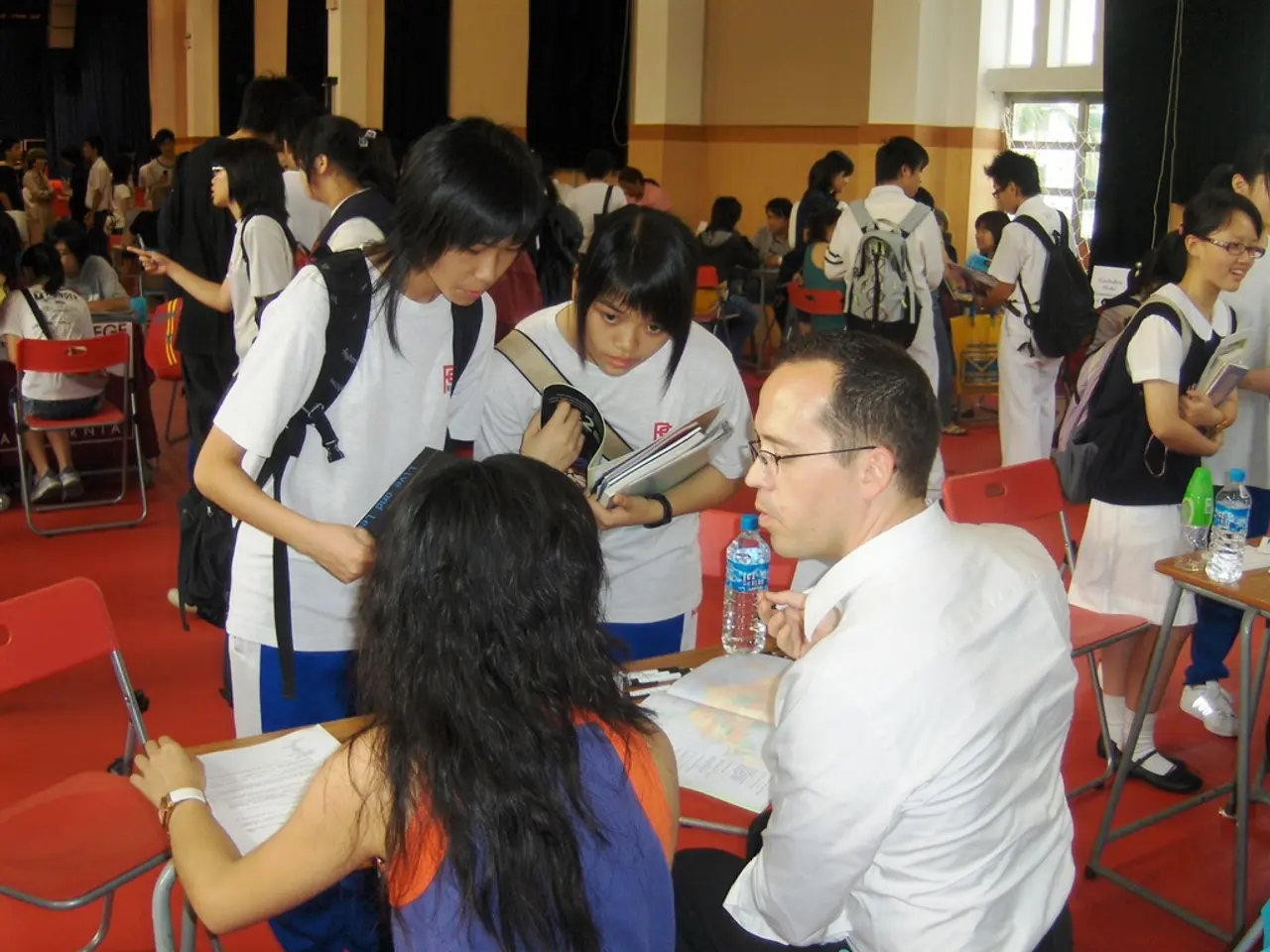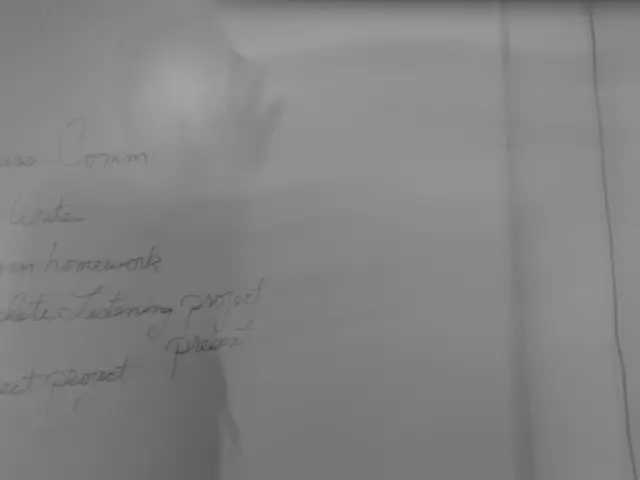Encouraging Interactive Learning through Book Club-style Discussions in Education Settings
In today's educational landscape, literature circles have emerged as an innovative strategy to promote literacy and critical thinking among students. These small, student-led discussion groups create a dynamic, student-centered environment that encourages active meaning-making and peer learning, benefiting both struggling and advanced readers.
Literature circles are organised reading groups, typically consisting of 4-6 students who engage with a chosen text. Each group member assumes a specific role, contributing to discussions and facilitating a deeper understanding of the literature. These circles facilitate collaborative reading and analysis, enhancing students' comprehension and critical thinking skills.
One challenge in implementing literature circles is accommodating diverse reading levels among students. To address this, teachers provide support by recommending texts that align with student interests and reading levels. By selecting texts that resonate with students, educators can ensure effective discussions and enhanced comprehension.
The evolution of literature circles is increasingly intertwined with advancements in technology and pedagogical strategies. Teachers offer strategies for enabling effective discussions, such as open-ended questions and prompts that stimulate critical thinking. Integrating diverse media genres, including fiction, non-fiction, poetry, and graphic novels, can further enrich literature circles.
Literature circles promote critical thinking skills by prompting students to question, predict, and reflect on their readings. This peer interaction cultivates empathy and diverse viewpoints while supporting logical reasoning and problem-solving as students explore textual themes and cultural contexts.
In addition to developing critical thinking skills, literature circles foster improved communication skills. Participants in literature circles take on various roles, such as discussion leader or summarizer, fostering accountability and active participation. Literature circles also serve as structured discussion groups where students engage with texts through collaborative dialogue, fostering both literacy and critical thinking.
Another advantage of literature circles is their ability to create a supportive community. In this environment, students feel comfortable sharing their thoughts and questions, fostering a love for reading and empowering students to take ownership of their learning.
However, classroom management can be a challenge, as literature circles require continuous monitoring and focus. Varying levels of student motivation can also impact the effectiveness of literature circles. Teachers continuously assess group dynamics and student progress, offering feedback that helps students refine their skills in literacy and collaboration.
Assessing individual student contributions within the group format can be challenging without effective assessment strategies. To address this, teachers can use a variety of methods, such as group presentations, individual reflections, and self-assessment tools.
In conclusion, literature circles create a dynamic, student-centered environment that motivates reluctant readers, fosters deeper comprehension, and builds critical thinking through meaningful, collaborative literary experiences. By following a structured approach, literature circles can be effectively implemented across grades K-12, benefiting literacy development and critical thinking. As education continues to evolve, literature circles will continue to play a crucial role in cultivating the essential skills necessary for the 21st century.
[1] Johnson, S. M., & Turner, S. M. (2008). Using literature circles in the classroom: A research-based approach. International Reading Association. [2] Keller, T. (2010). Literature circles: A practical guide for middle school teachers. ASCD. [3] Zimmermann, K. (2006). Literature circles: A guide for teachers and students. Scholastic Inc. [4] Beers, K. E., & Probst, P. (2006). The book whisperer: Awakening the inner reader in every child. Stenhouse Publishers.
Read also:
- Kamala Harris announces her ongoing political plans-for the present time
- Genetic Rarity Explored: Insights into Science, Struggles, and Misconceptions Surrounding Albinism
- Smoking Secondhand: Impact, Frequently Asked Questions, and Additional Information
- Strategies for Mitigating Negative Feelings in Customer Interaction with Your Goods or Services




